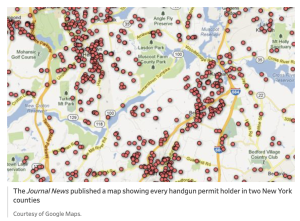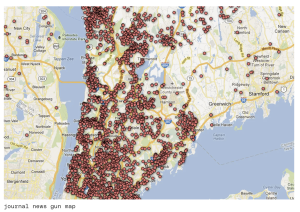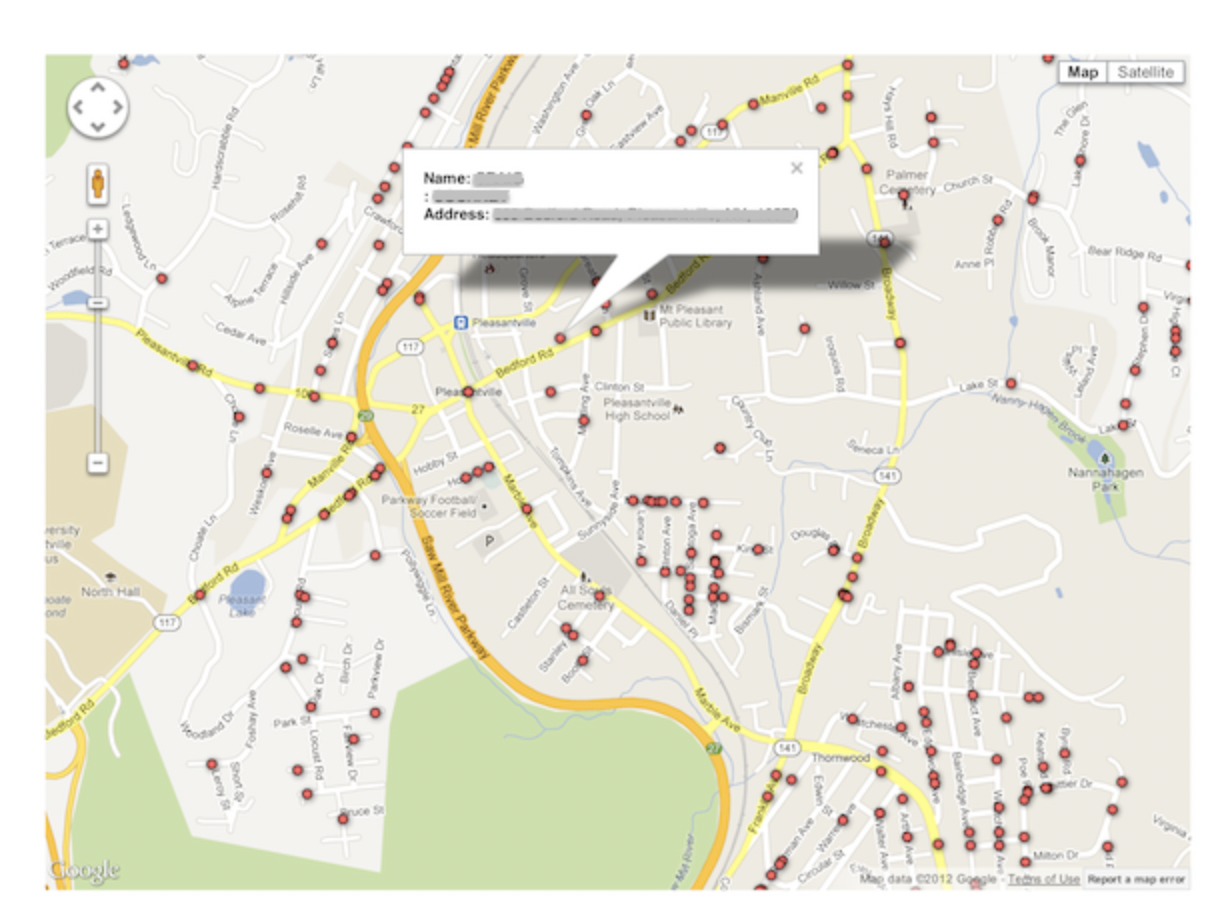7 Mapping gun ownership in the US
Kelly Fincham
Work in progress
In the days and weeks after the horrific 2012 shooting in Newtown, Connecticut, friends of mine began talking about something that had never previously occurred to me (and nor would it given that I don’t have children). They were worried about whether or not their kids played with friends who lived in homes with guns. One mum said she had been told to always ask whether or not the parents own guns and whether or not they’re locked up. But she never had. Later on, I was caught off-guard by another friend’s admission that yes, they had guns in their house. I can’t imagine how parents might feel sending their children off to play in a home with guns and it’s not something I imagine I would ever feel comfortable with. Given the level of gun injuries and death that occurs in the home I think I’d just rather not visit.
But while myself and my friends were worrying about guns and whose homes they might be in, the local suburban newspaper the Journal News, answered that question by publishing a map which showed every handgun permit holder, by name and address, across the two local counties of Westchester and Rockland.
The outrage was almost immediate.

The database, which was obtained through a FOIA in the wake of the shootings in Sandy Hook showed that “about 44,000 people … one out of every 23 adults” had gun permits in the two counties.
While the collection of the data was completely legal, there were questions raised almost immediately about the ethics of the publication.


Additionally, some of the criticism was focused on the idea that the gun owners’ homes might be subject to targeted firearm thefts and/or create more risk for homes without guns.
But the map also answered questions that the parents didn’t know they had about whether or not there were firearms in the homes where their children played.
Which view point would you be more likely to support?

